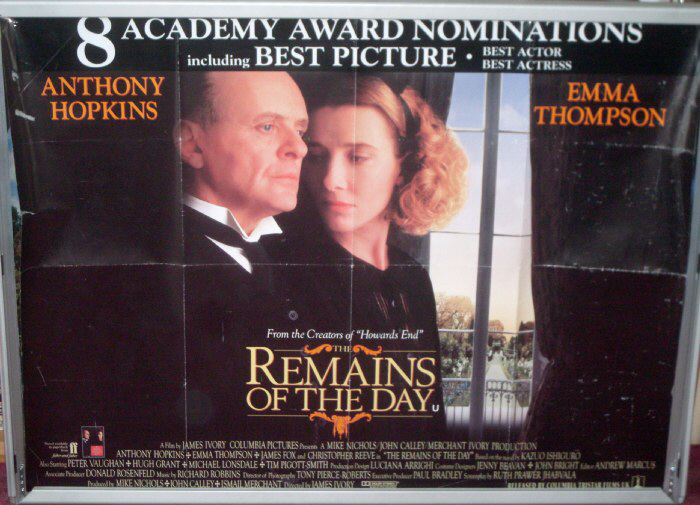
One can’t help feeling that Gordon Jackson’s portrayal of the stoic Hudson in the 1970s TV series Upstairs, Downstairs may have been as important to Ishiguro as Jeeves: the butler as liminal figure, standing on the border between the worlds of ‘Upstairs’ and ‘Downstairs’, ‘Mr Hudson’ to the servants, plain ‘Hudson’ to the gilded creatures he serves. The English butler, the shadow that speaks, is, like all good myths, multiple and contradictory. And other butlers – Meadowes, Maple, Mulready, Purvis – float in and out of Wodehouse’s world, not all of them pillars of probity.

Behind him can be seen the rather more louche figure of the Earl of Emsworth’s man, Sebastian Beach, enjoying a quiet tipple in the butler’s pantry at Blandings Castle. But, even in the Wodehousian canon, Jeeves does not stand alone. No literary butler can ever quite escape the gravitational field of Wodehouse’s shimmering Reginald, gentleman’s gentleman par excellence, saviour, so often, of Bertie Wooster’s imperilled bacon. ‘Jeeves was a big influence.’ This is a necessary genuflection. ‘One of the ways I thought I could do this was to take a myth of England that was known internationally – in this case, the English butler.’

‘I was very consciously trying to write for an international audience,’ Kazuo Ishiguro says of The Remains of the Day in his Paris Review interview (‘The Art of Fiction’, No.

Excerpted from the Introduction by Salman Rushdie


 0 kommentar(er)
0 kommentar(er)
